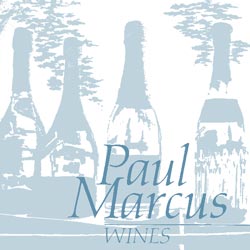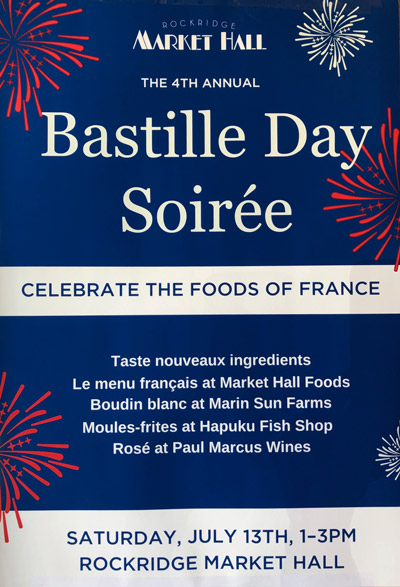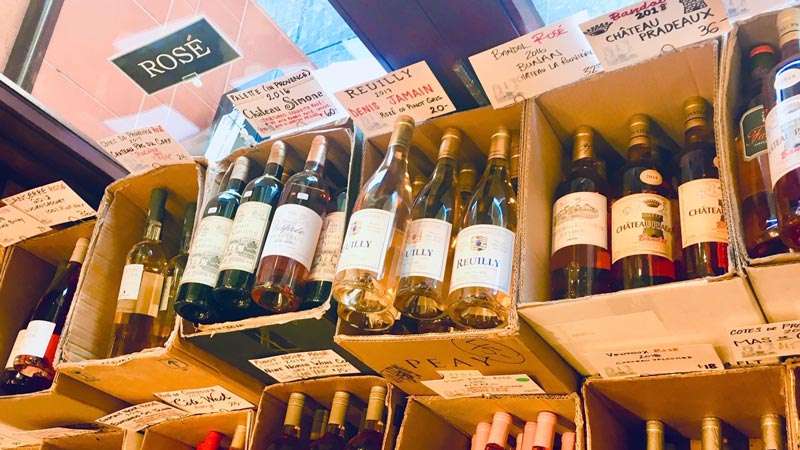Say the word “Bandol,” and visions of blue-green waters, framed by white rock and graceful Mediterranean pines, immediately come to mind. However, there is more to this zone of Provence than just the Cote d’Azur’s outrageously beautiful coastline. Here, limestone soils, the sun’s generous warmth, and a refreshing coastal climate create an ideal environment for cultivating the late-ripening mourvèdre, Bandol’s flagship grape.
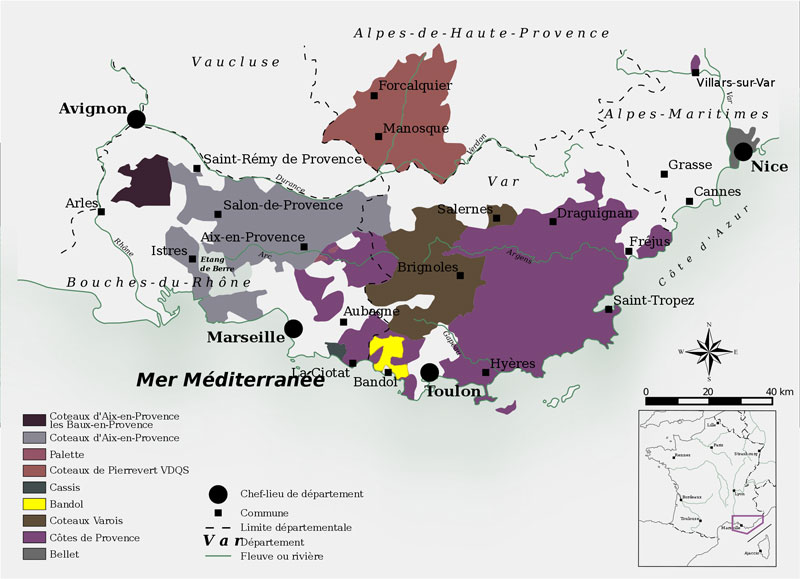
Wine map of Provence showcasing Bandol
Aside from mourvèdre, lighter varieties such as grenache and cinsault–both traditionally associated with Provençal rosés–are also permitted. However, the heavier-hitting mourvèdre grape must still make up at least 50 percent of rouges or rosés (although many producers choose to use more). While Bandol reds can be extremely tannic and take years to open up fully, the same cannot be said of the region’s rosés. Bright, full-flavored, and red-fruited, they deliver an almost decadent seaside pleasure–or simply an evocative sip on a sunny day.
 Chateau Val d’Arenc
Chateau Val d’Arenc
If you are feeling like you’d like a bit of Bandol rosé in your life, Chateau Val d’Arenc is a good ambassador. Using 80 percent mourvèdre in his blends, winemaker Gérald Damidot practices sustainable viticulture, keeps his yields low, and hand-selects the grapes that make it into the cuvee. With aromas of wild strawberries, watermelon, musk, and a little bit of tannin, this wine would fare well with a fatty fish such as salmon, or an herbed pork or chicken dish.
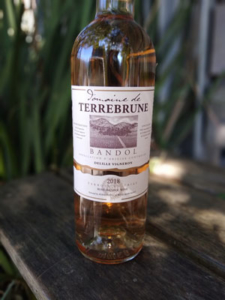 Domaine du Terrebrune
Domaine du Terrebrune
However, if you prefer something more delicate, grab the Bandol rosé by Domaine du Terrebrune, a favorite at Paul Marcus Wines. This one is lighter in both color and body, with a nose more floral than the d’Arenc version, and a palate that shows more genteel melon flavors.
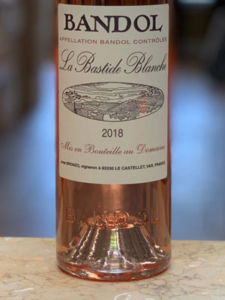 La Bastide Blanche
La Bastide Blanche
Finally, you can reach for a Bandol rosé that is right down the middle, La Bastide Blanche. Neither too heavy nor exceedingly light, this “Goldilocks” wine serves as a great introduction to the rosés of Bandol. La Bastide Blanche also keeps yields low, and its cellar practices are meticulous. The grapes in this cuvee are from a limestone-rich area called Sainte-Anne du Castellet, imparting mineral flavors and bright acidity. With its aromatics of flint and strawberries, and its lingering watermelon flavor, it’s an exemplary expression of the Bandol terroir.
You can find all three of these at Paul Marcus Wines, or just let your mood decide!
